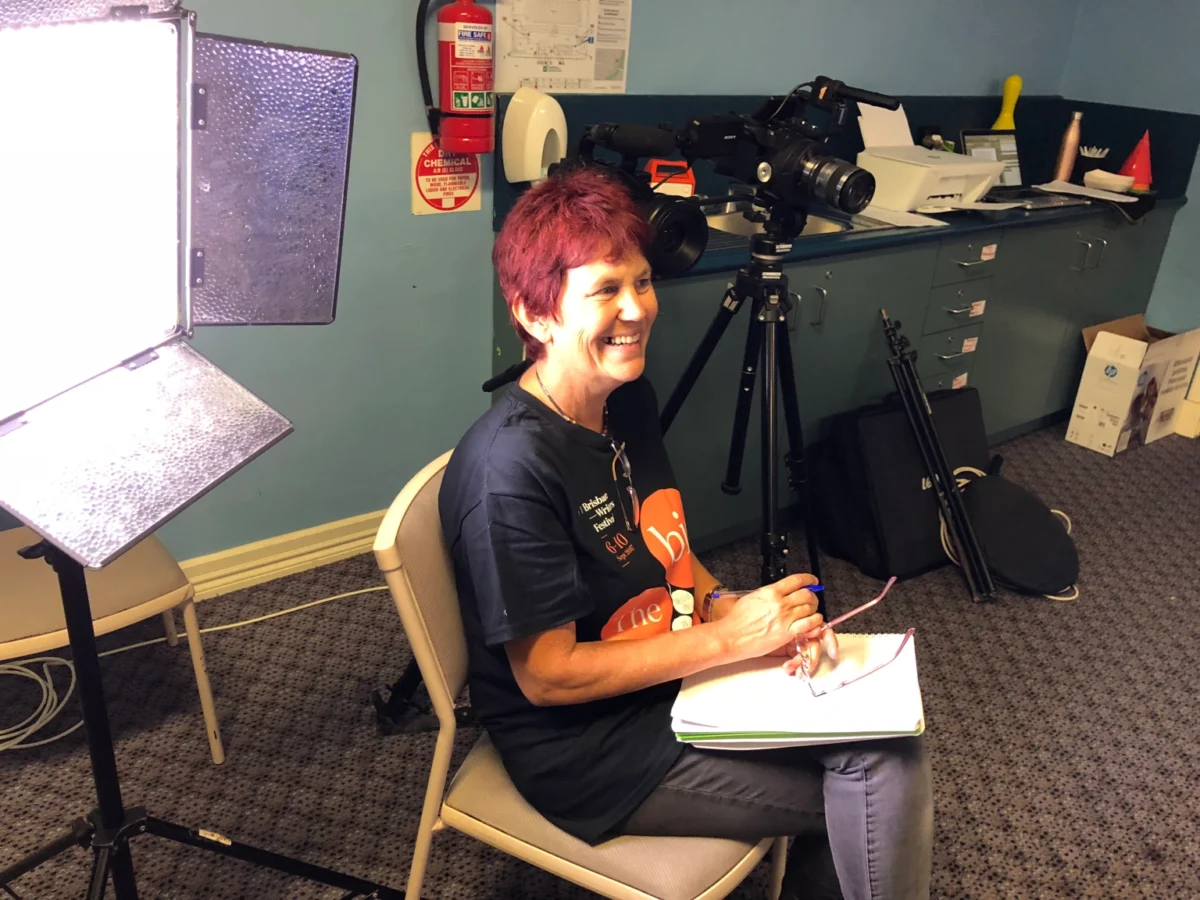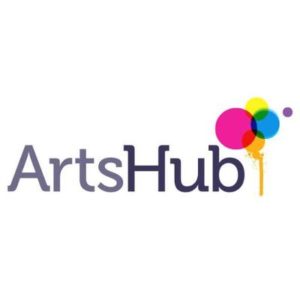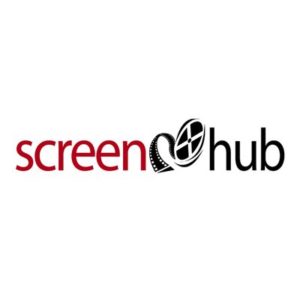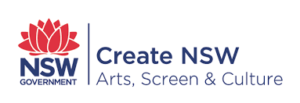
If you are a neurodiverse Aboriginal woman, it is next to impossible to sit back from the truth and witness the unconscious bias.
An honest voice can be a challenge to hear.
My neurodiverse brain fires up in a different way to neurotypical people. I read the underlying emotions in a situation and respond to that rather than the external presentation that may mask the truth. This is combined with my First Nations’ perspective, which is my ever-present, intangible relationship with my ancestors. I am blessed/challenged with the gift of an empath – a common trait in female Asperger’s Syndrome – which is now categorised by DSM 5 as ASD (autism spectrum disorder). Today I choose to use the term ‘neurodiverse’.
The honest voice
An honest voice is the catalyst for change.
The honest voice isn’t necessarily a loved one, but it is a vital one if we want to create change.
Have there been moments sitting in front of the gatekeepers – funding agencies, investors, major production companies, or boards – where your honest voice has been subdued, suppressed, or frankly just not heard?
This can happen whether you are neurodiverse or not, but a neurodiverse voice may be dismissed because its delivery is too awkward, too intense, too honest. In the screen industry, creatives of all diversity have to fight to have their voice heard.
If you are the type that squirms at creating any form of conflict, or if you have been knocked back down one too many times for having an opinion, then you may, understandably, be reluctant to expose your honest voice. Yet without it there will be no change.
If you are a neurodiverse Aboriginal woman, it is next to impossible to sit back from the truth, witness the unconscious bias and support a white lens cast over our stories. That is why hiding our honest voices maintains the status quo.
Today my honest voice writes from its diverse lived experience. My honest voice is delivered from observation of the tangible and intangible. It is not intended to offend – though due to neurodiverse wiring, what does not offend me may offend others.
I lived in Byron Bay for more than 20 years and never realised I was different because there I went unnoticed, unjudged, just able to be a bumbling fool, an exotic creative with limitless reinvention. Therein lay the trap of comfort, so, five years ago, I headed for a sea-change – the city kind.
In the city, my honest voice created many challenges. It hasn’t always been easy to be accepted for who I am. I’ve struggled with misunderstandings which are judged as being deliberate or abrasive.
Over time, I realised that my neurodiversity offers something important to this world. I stopped fighting who I am or trying to fit in. I surrendered to my birthright, my storytelling lineage and began my journey into film. Here I found I had a unique Aboriginal, neurodiverse voice.
Navigating the challenges of my neurodiverse intensity
As people read this article they may think ‘I too have Aspergers/ASD/neurodiversity’. I know I am presenting the positives. Yet on the flip side of our honesty, consider the crippling anxiety, the overactive brain, the insomnia, the losing of friends from misunderstanding, the mood fluctuations and the tearful meltdowns that push you to the edge of sanity.
Sound familiar? I hope not. I hope you have tools to manage your work-life balance.
Fortunately, I have allies in the industry with true integrity and intention to support diversity. I collaborate with compassionate and creative crew and co- producers. I have profoundly wise mentors. I have a supportive family and a strong community. And I worked hard to make this happen. It wasn’t miraculously handed to me on a platter.
Admittedly it takes a while to warm up to me. Some never do. These days I warn people I may say things to upset them unwittingly and I need them to use their honest voice to tell me if they feel hurt.
This is an insight into how my female neurodiversity is behind the screen, now let’s look at it in front of the screen from a broader perspective.
Neurodiversity on screen
Representation feels good.
Instances of ASD on the screen in lead characters are still few and far between. Global reference points of neurodiversity include The Good Doctor; Atypical or Rainman. Female ASD leads are even more rare. The applauded lead of the Nordic Noir, The Bridge, while being female, still comes across with male autism traits. These characters are all played by neuro-typical actors. If the character was written and acted by someone with that lived experience, wouldn’t the reference be more relatable, more honest?
A recent breakthrough has come from the teenage hit TV show Heartbreak High. The role of Quinni is played by Chloe Hayden, a young neurodiverse actress. Chloe won best actress at the 2022 AACTA awards. It was very emotional to see myself reflected on screen for the first time in my neurodiverse capacity by a neurodiverse person. I felt it , I related – it was authentic! She deserved that award and has made us all proud and seen.
The strength of Quinni’s character and storyline could not have existed without rising star writer Natesha Somasundaram, whose contribution in the writers’ room arose from her own life as a queer teenager with ASD. Natesha took her lived experience, combined it with her creative talent, and shot her truth straight across the page onto our screens. This is why our honest voices matter.
Whiteness in neurodiversity on screen
Yet so rarely is our character with the invisible disability from a multicultural heritage or with a visible disability. All the characters I mentioned before are Caucasian. Perhaps that cocktail of diversity is too overwhelming for our industry gatekeepers to comprehend or validate as a viable commodity.
Risk averse is what we are labelled until our differences become ‘incentives’ or ‘politically correct’ or ‘attractive in the marketplace’ or ‘trending’.
Our capitalistic colonised society forces exhaustion through a demand for productivity. It says it wants concrete solutions and strategies to address the problems of lack of diversity, but it is not willing to do the hard yards of self-reflection and unraveling needed in order to see people’s diversity as a gift.
In a world where being strong is essential for success, we as women, and/or minority groups, are shown ‘sympathy’ for our weaknesses, our differences and are thereby absolved from the dream of a successful film career. Those few diverse practitioners who do gain success on the global stage are considered anomalies rather than (truth be known) the select few let through the gates to share their wares.
It is time to stand as equals with creative control and our diversity lens holding strong, to not allow ourselves to be mined.
The truth is that a diverse story cannot be made better by a colonised, extractive structure. It must have the integrity to follow the cultural subtlety it is presented with – whether the traits of an ASD character or the cultural norms of a community or the lived experience of trauma. Or, as in my case, the traits of an Aboriginal, neurodiverse female deeply connected to culture and story.
Aboriginal filmmaker and academic Pauline Clague helps clarify the disparity between our world and that of the colonised culture. While most screen funding bodies, broadcasters and large production houses live through a colonised system of operandi, there are those of us who don’t follow this.
Equally, we do not need to consciously seek a decolonised methodology to unravel it – we simply live through our cultural way of perceiving and engaging with the world.
Perhaps this is why I constantly find myself in challenging positions, because I am following an inherent and intuitive path of reasoning and guidance that does not fit with the mainstream. I mean hell, if I conformed to the mainstream, my content would not stand out and have gotten me where I am today.
Ironically, if my honest voice creates the content that attracts attention, why do those producers fight so hard to put their stamp on it and take ownership of it, all the while unwittingly squelching its originality?
Why do they cut off its creative wings to mould it into a programmable piece for television or to ‘reach’ the audience or make it attractive to distributors and sales agents? Why exactly is content curbed and castrated through the lens of neurotypical, white privilege?
Are you willing to surrender to the truth that ‘it is not your story to tell’?
Bias is the killer of creative content. Can you listen for the subtle nuance of a story from a culture and experience different from yours? Can you interpret it without your own lifetime of bias? Are you honest enough to admit ‘No I cannot!’
Are you willing to surrender to the truth that it is not your story to tell? And yet you may yearn to tell it. You may be arrogant enough to think you can tell it better (white-centring) or that the storytellers are less fortunate, less educated or less capable and need your help to make it happen (white saviour). I invite you to drop the label.
Are we capable of taking honest action to retreat from power and bring forth supportive spaces for those diverse stories to be told by diverse storytellers? Let female neurodiverse actors of all cultures be in front of the lens in lead roles!
Fighting for our rights is exhausting
We use the semantics of fighting for our rights. Fighting is exhausting and dampens down the creative spirit, but I have to use my honest voice to create the space for our stories . As diverse practitioners, we must instinctively know when a project or collaboration isn’t right and we have to trust when to pull back. This prevents the inner and outer turmoil that comes from staying in places where we are harmed.
An honest voice is important as we hashtag through ‘me too’ and ‘Black Lives Matter’ and call out injustices. I believe as a society we can bring more honesty forth and not be afraid of making personal change to benefit global change.
Free your honest voice
For the screen industry to support the freedom of diversity, the honest voice must be left undiluted.
The motto ‘Be Natural’ of pioneer filmmaker Alice Guy-Blanche was her reminder to everyone in front and behind the camera to be themselves. In the film industry, especially for marginalised communities, it can be difficult to be ourselves when trying to carve out a name as a director or writer or producer in a predominantly neurotypical, white male- driven world.
I invite all creatives to consider the power of our collective voices to create a community movement #honestvoice to free neurodiverse voices. This will bring awareness and strength to the filmmaking dynamic.
As for us neurodiverse creatives, if we want to see a diversity of remarkable stories, we need to be the honest voices at the helm who speak powerfully from our own truths. This is our gift.
What is our honest voice for but to lay the pathway for change?
First published by ScreenHub on 28 December 2022




